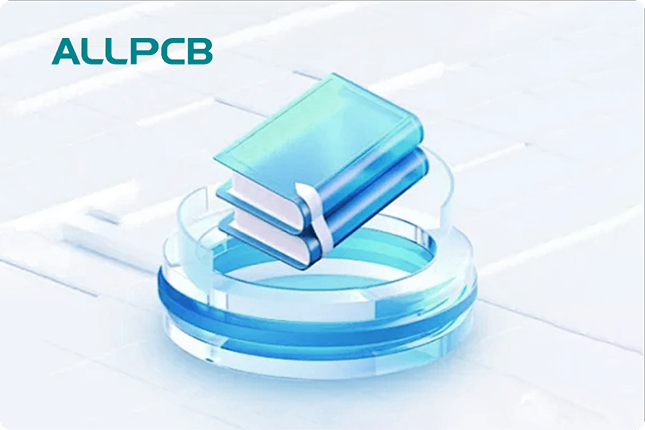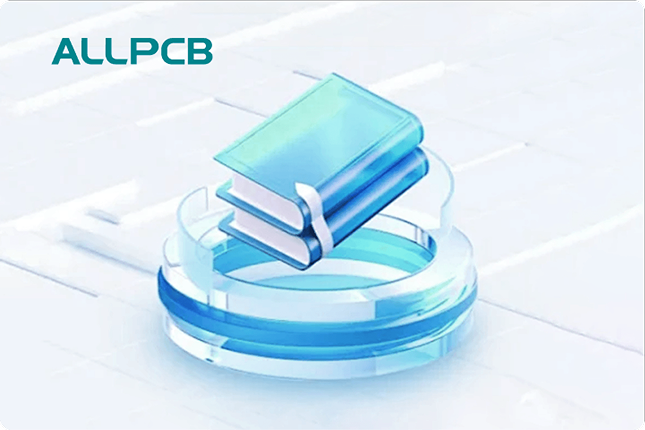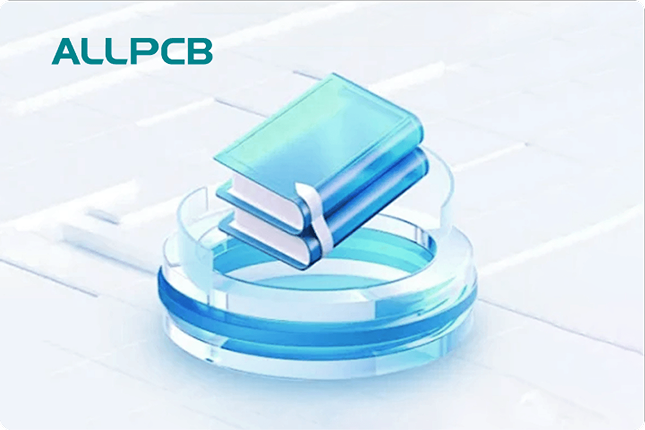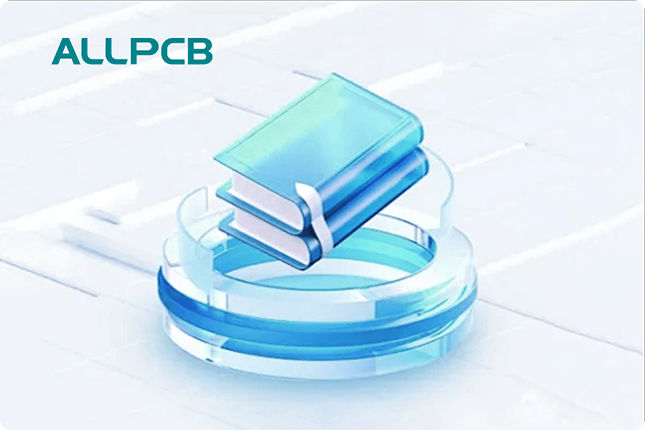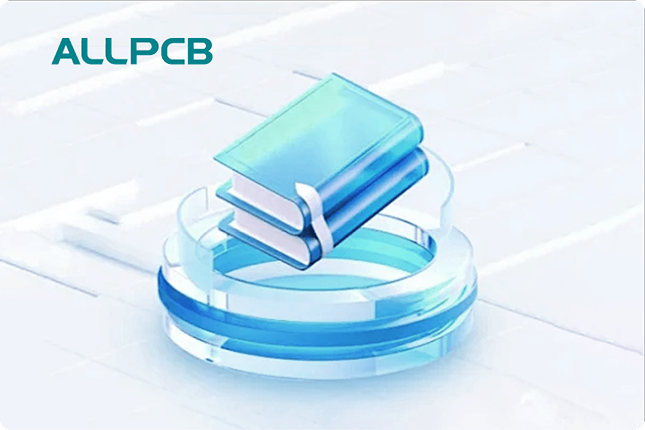If you're looking for advanced techniques to apply liquid photoimageable (LPI) solder mask on complex printed circuit boards (PCBs), you've come to the right place. This protective layer is crucial for safeguarding copper traces, preventing solder bridges, and ensuring long-term reliability. In this comprehensive guide, we'll dive into cutting-edge methods like solder mask spray coating, curtain coating solder mask, electrostatic spray solder mask, and other solder mask application methods to achieve uniform solder mask coating on intricate PCB designs.
Whether you're dealing with high-density interconnects (HDI) or multi-layer boards, mastering these techniques can elevate the quality and performance of your PCBs. Let's explore the best practices, tools, and processes to ensure precision and durability in your manufacturing process.
What Is Liquid Photoimageable Solder Mask and Why Is It Important?
Liquid photoimageable solder mask, often abbreviated as LPI solder mask, is a thin polymer layer applied to PCBs to protect copper traces from oxidation and prevent unintended solder connections during assembly. Unlike traditional dry film solder masks, LPI offers superior precision for complex PCB designs with fine-pitch components and tight tolerances. It is applied as a liquid and then cured using UV light through a photolithographic process, allowing for detailed patterns and high accuracy.
For complex PCBs, such as those used in telecommunications, aerospace, and medical devices, uniform solder mask coating is essential. A poorly applied solder mask can lead to issues like exposed copper (causing corrosion) or solder bridges (leading to short circuits). Advanced application techniques ensure even coverage, especially on boards with irregular surfaces, dense component layouts, or high layer counts.
Challenges in Applying Solder Mask on Complex PCBs
Complex PCBs often feature challenges that make solder mask application tricky. These include:
- Irregular Surfaces: Multi-layer boards or those with embedded components can have uneven topography, making uniform coating difficult.
- Fine-Pitch Designs: High-density boards with closely spaced traces require precise application to avoid covering pads or vias.
- High Aspect Ratios: Vias and through-holes with high aspect ratios (depth-to-diameter) can trap air or resist proper coating.
- Material Compatibility: Different substrates and copper thicknesses may react differently to solder mask materials, affecting adhesion.
Overcoming these challenges requires advanced solder mask application methods tailored to the specific needs of complex PCB designs. Below, we’ll explore some of the most effective techniques for achieving consistent results.
Advanced Solder Mask Application Methods for Complex PCBs
Applying LPI solder mask on complex PCBs demands precision and control. Here are the most advanced techniques, including solder mask spray coating, curtain coating solder mask, and electrostatic spray solder mask, along with tips for achieving uniform solder mask coating.
1. Solder Mask Spray Coating for Precision Coverage
Solder mask spray coating is a widely used method for applying LPI solder mask, especially on complex PCBs with intricate layouts. This technique involves atomizing the liquid solder mask material and spraying it onto the PCB surface using specialized equipment. The spray can be adjusted for thickness and coverage, ensuring even application across uneven surfaces.
Advantages of Spray Coating:
- Excellent control over thickness, typically ranging from 0.8 to 1.5 mils (20-38 microns), depending on the spray settings.
- Ability to coat hard-to-reach areas, such as around tall components or inside vias.
- Reduced material waste compared to other methods, as overspray can often be minimized with proper nozzle calibration.
Best Practices:
- Use automated spray systems with programmable nozzles to ensure consistency across large batches.
- Maintain a clean environment to prevent dust or debris from contaminating the coating during application.
- Adjust spray pressure and distance based on the PCB’s surface complexity—lower pressure for fine details, higher for broader coverage.
Spray coating is ideal for high-volume production where speed and precision are critical. However, it requires skilled operators to avoid issues like uneven thickness or pooling in low-lying areas of the PCB.
2. Curtain Coating Solder Mask for High-Speed Application
Curtain coating solder mask is a high-efficiency technique often used in large-scale PCB manufacturing. In this method, a continuous “curtain” of liquid solder mask material flows over the PCB as it passes through on a conveyor. The excess material is collected and recycled, minimizing waste.
Advantages of Curtain Coating:
- High-speed application, capable of processing hundreds of boards per hour, making it suitable for mass production.
- Uniform solder mask coating with thicknesses typically controlled between 0.6 and 1.2 mils (15-30 microns).
- Low material loss due to recycling of excess solder mask.
Best Practices:
- Ensure the PCB is properly aligned on the conveyor to avoid uneven coating or missed areas.
- Control the viscosity of the solder mask material to prevent dripping or clogging in the curtain coater.
- Use pre-heating of the PCB to improve adhesion and reduce the risk of air bubbles forming during curing.
Curtain coating is less effective for highly complex PCBs with significant height variations, as the liquid may not settle evenly on raised or recessed areas. For such designs, combining curtain coating with other methods like spray coating can yield better results.
3. Electrostatic Spray Solder Mask for Enhanced Adhesion
Electrostatic spray solder mask is an innovative technique that uses an electric charge to apply the solder mask material. The liquid is charged as it leaves the spray nozzle, causing it to be attracted to the grounded PCB surface. This results in a highly uniform coating, even on complex geometries.
Advantages of Electrostatic Spray:
- Superior adhesion due to the electrostatic attraction, reducing the risk of peeling or delamination during thermal cycling.
- Minimal overspray, as the charged particles are drawn directly to the PCB, leading to material efficiency.
- Effective for coating three-dimensional surfaces, such as boards with mounted components or raised features.
Best Practices:
- Ensure proper grounding of the PCB to maximize the electrostatic effect and achieve even distribution.
- Use equipment with adjustable voltage settings to fine-tune the spray for different PCB materials and designs.
- Monitor environmental humidity, as high moisture levels can interfere with the electrostatic charge and affect coating quality.
Electrostatic spray is particularly useful for PCBs used in harsh environments, where strong adhesion and durability are critical for performance under extreme conditions like temperature fluctuations or vibration.
4. Other Solder Mask Application Methods for Specific Needs
Beyond the primary techniques mentioned, other methods can be adapted for specific PCB requirements:
- Screen Printing: While not as advanced as spray or curtain coating, screen printing is still used for simpler designs or prototypes. It involves pushing solder mask ink through a mesh screen onto the PCB. It’s cost-effective but less precise for fine-pitch boards.
- Dip Coating: This method involves immersing the PCB into a tank of liquid solder mask. It’s useful for full coverage but can result in uneven thickness on complex boards with varying heights.
- Roller Coating: A roller applies the solder mask to the PCB surface, suitable for flat boards but less effective for intricate designs with height variations.
Choosing the right method depends on the PCB’s complexity, production volume, and performance requirements. Often, combining multiple techniques can address specific challenges and ensure optimal results.
Tips for Achieving Uniform Solder Mask Coating
Uniform solder mask coating is the ultimate goal for any application method. Uneven coverage can lead to exposed copper, weak insulation, or assembly defects. Here are actionable tips to ensure consistency:
- Pre-Clean the PCB: Remove contaminants like dust, oils, or oxidation from the copper surface using chemical cleaners or micro-etching processes. A clean surface ensures better adhesion and uniform application.
- Control Material Viscosity: Solder mask materials with improper viscosity can cause uneven flow or pooling. Follow manufacturer guidelines for thinning or mixing to achieve the ideal consistency.
- Optimize Curing Conditions: After application, cure the solder mask under controlled UV exposure (typically 150-300 mJ/cm2) and temperature (around 150°C for 30-60 minutes) to avoid cracks or incomplete hardening.
- Use Automated Equipment: Manual application often leads to inconsistencies. Automated systems for spray, curtain, or electrostatic coating provide precise control over thickness and coverage.
- Inspect Regularly: Use automated optical inspection (AOI) systems to check for defects like pinholes, thin spots, or overcoating after application. Early detection prevents costly rework.
Choosing the Right Technique for Your PCB Project
Selecting the best solder mask application method depends on several factors:
- PCB Complexity: For HDI or multi-layer boards, spray coating or electrostatic spray offers better precision on uneven surfaces.
- Production Volume: High-volume runs benefit from curtain coating due to its speed and efficiency.
- Budget Constraints: While advanced methods like electrostatic spray provide superior results, they may require higher upfront investment in equipment.
- Environmental Factors: If your PCBs will face harsh conditions, prioritize methods like electrostatic spray for enhanced adhesion and durability.
By aligning the application technique with your project’s specific needs, you can optimize both quality and cost-effectiveness in your manufacturing process.
Conclusion: Elevating PCB Quality with Advanced Solder Mask Techniques
Applying liquid photoimageable solder mask on complex PCBs is a critical step in ensuring reliability and performance. Techniques like solder mask spray coating, curtain coating solder mask, and electrostatic spray solder mask offer advanced solutions to achieve uniform solder mask coating, even on the most challenging designs. By understanding the strengths of each method and following best practices, manufacturers can protect copper traces, prevent assembly defects, and extend the lifespan of their PCBs.
At ALLPCB, we’re committed to supporting engineers and manufacturers with the latest technologies and expertise in PCB production. Whether you’re working on high-density designs or large-scale projects, mastering these solder mask application methods can make a significant difference in your final product. Stay ahead in the industry by adopting these advanced techniques and ensuring top-notch quality in every board you produce.
 ALLPCB
ALLPCB


